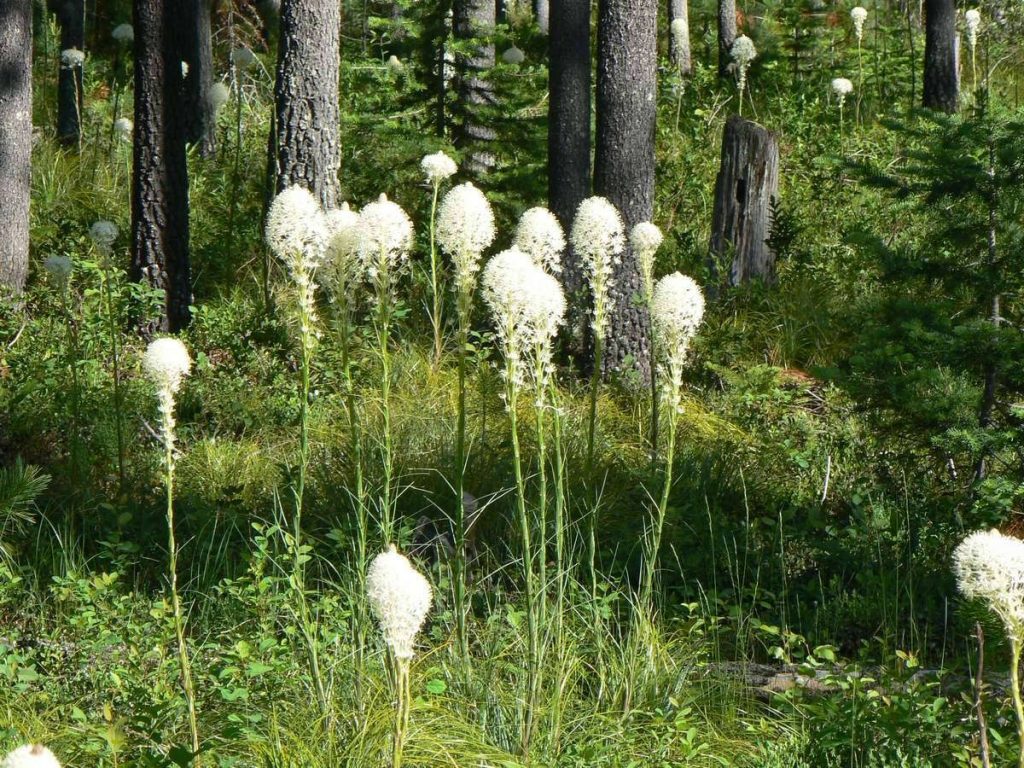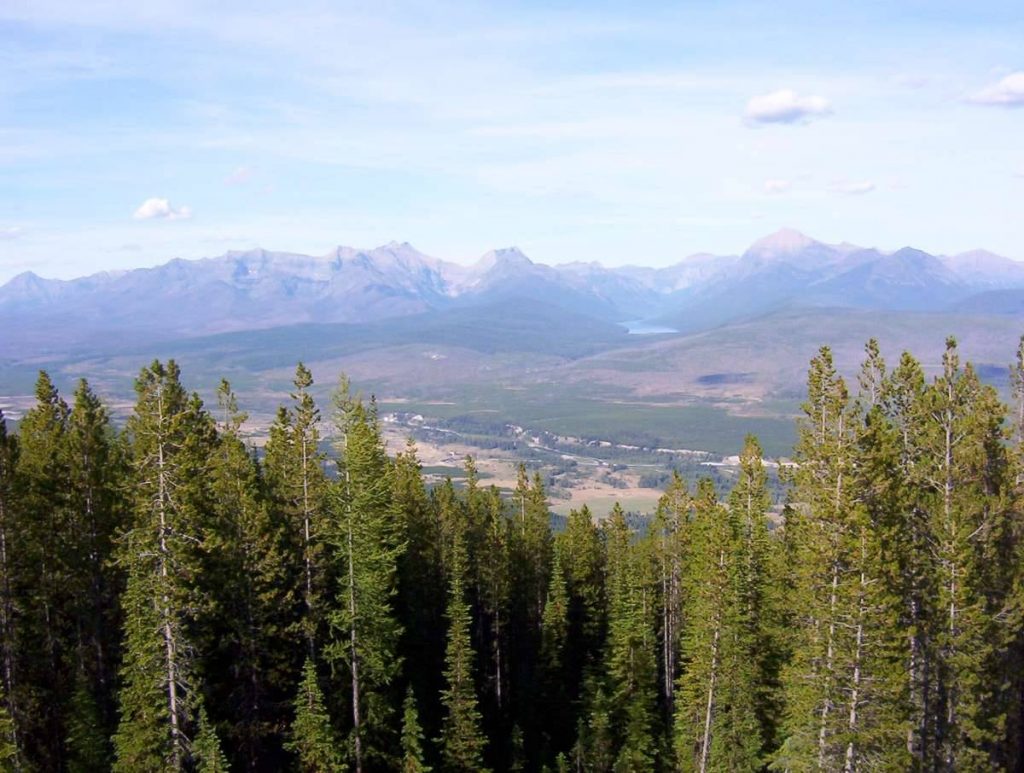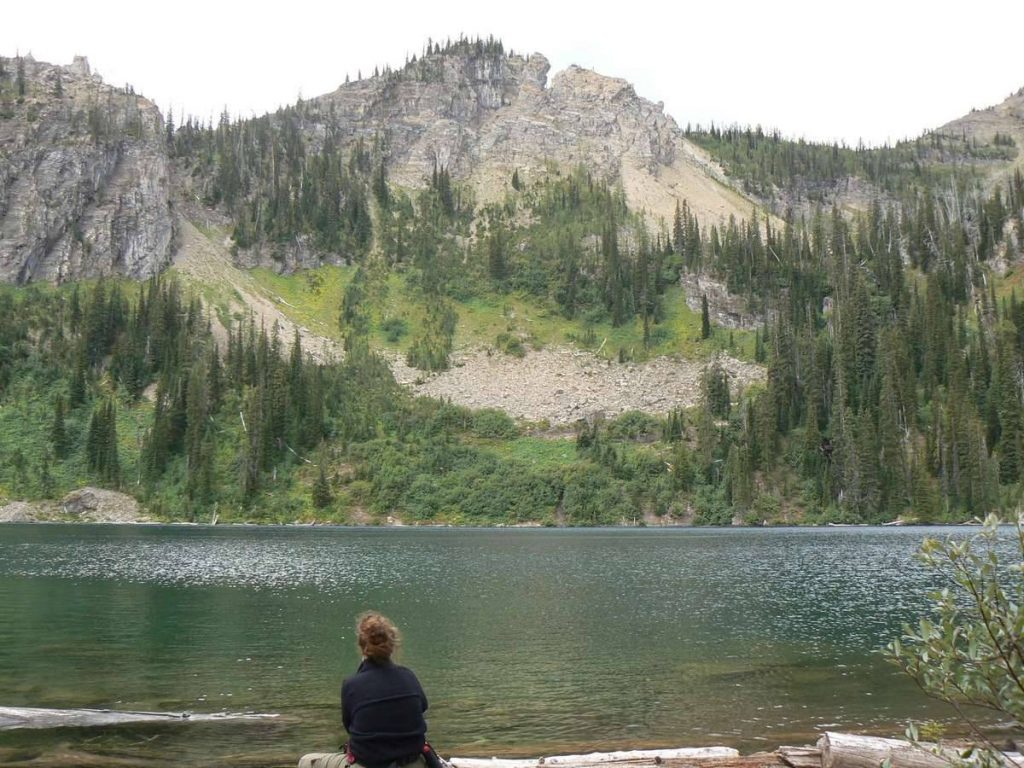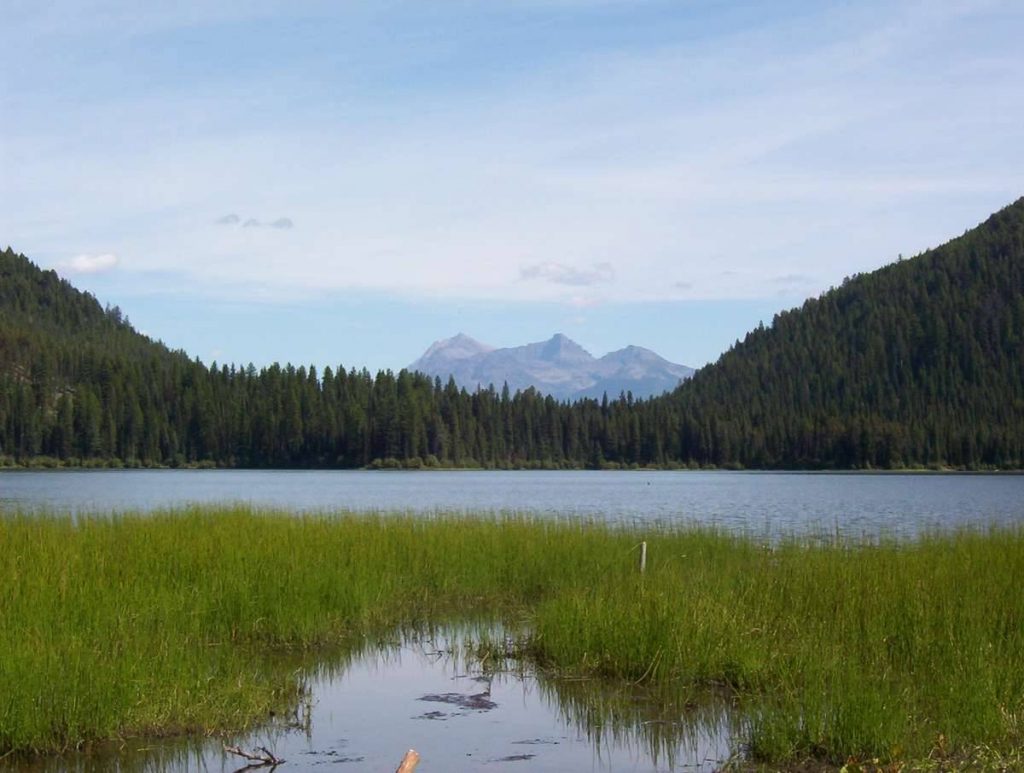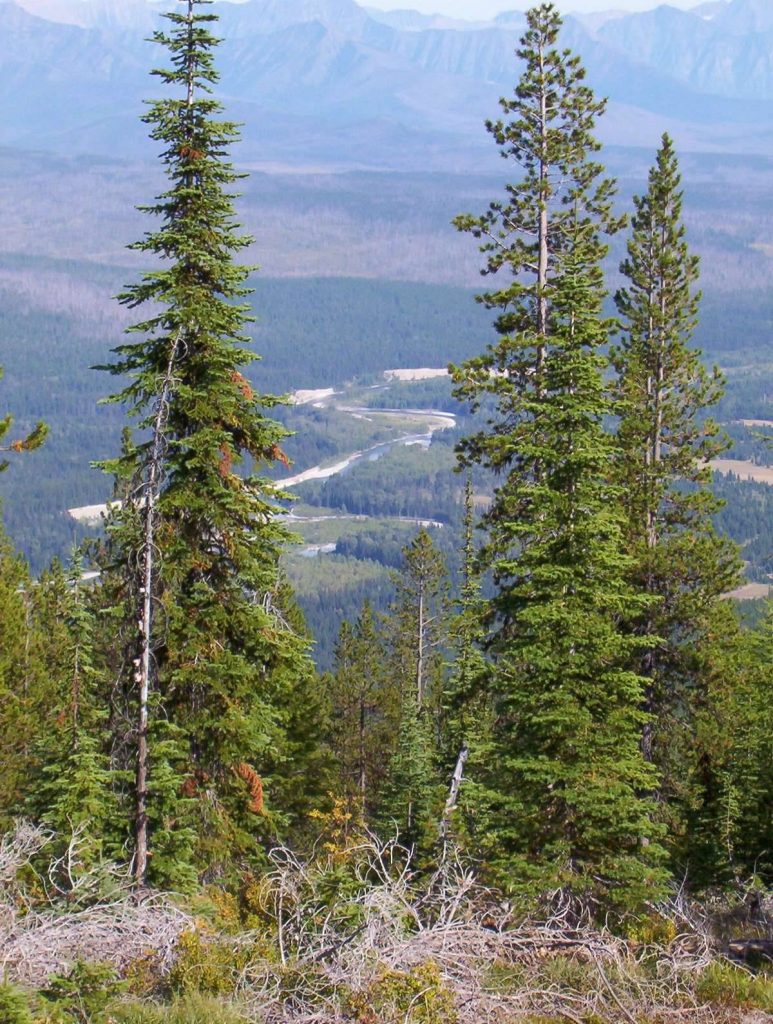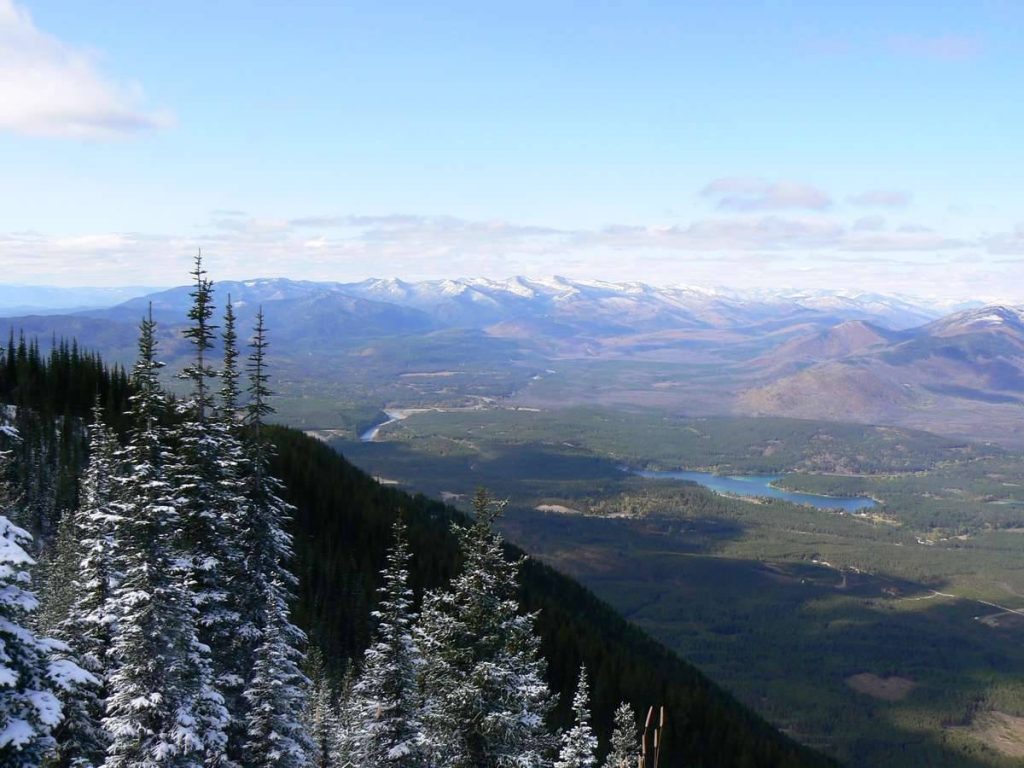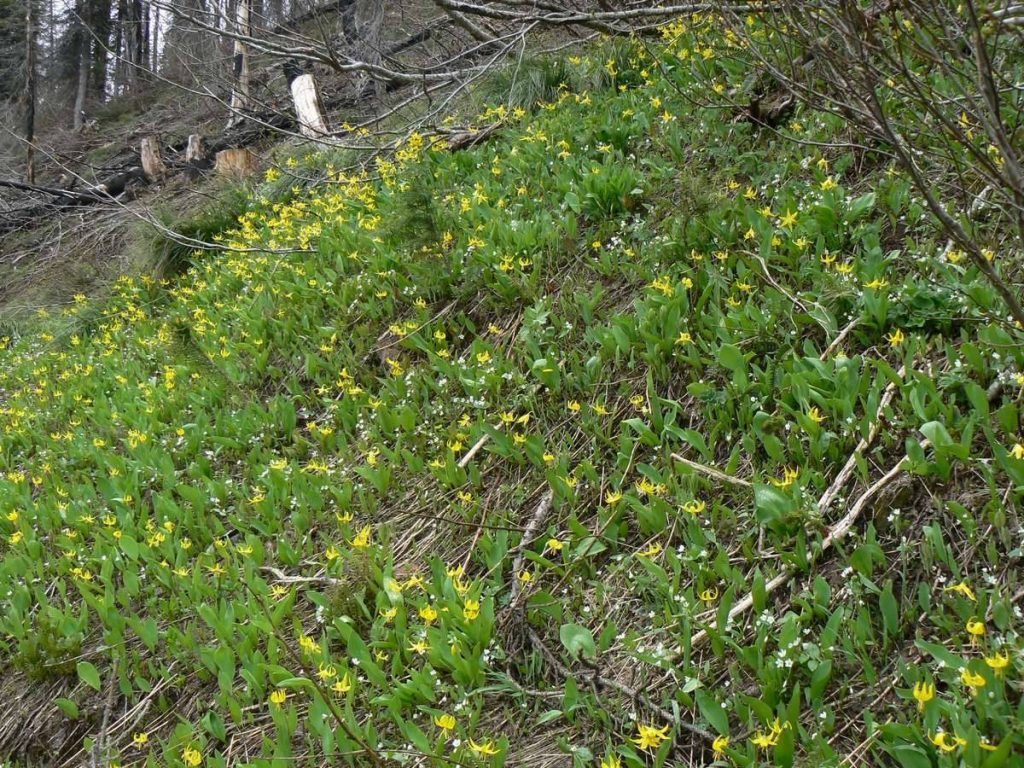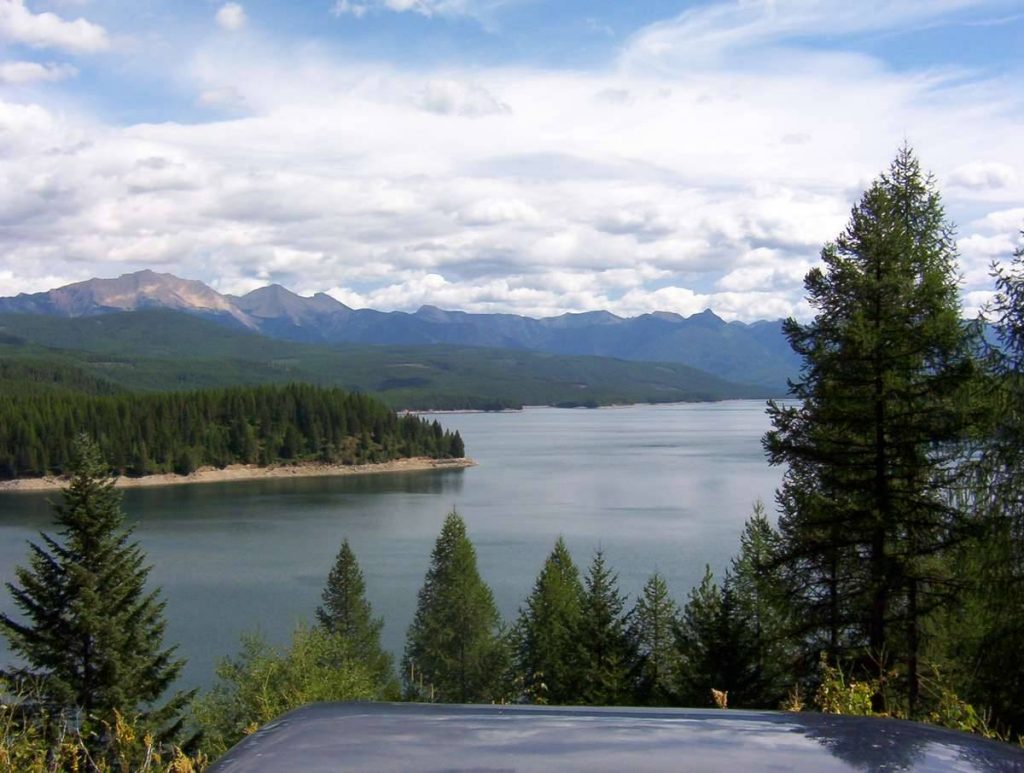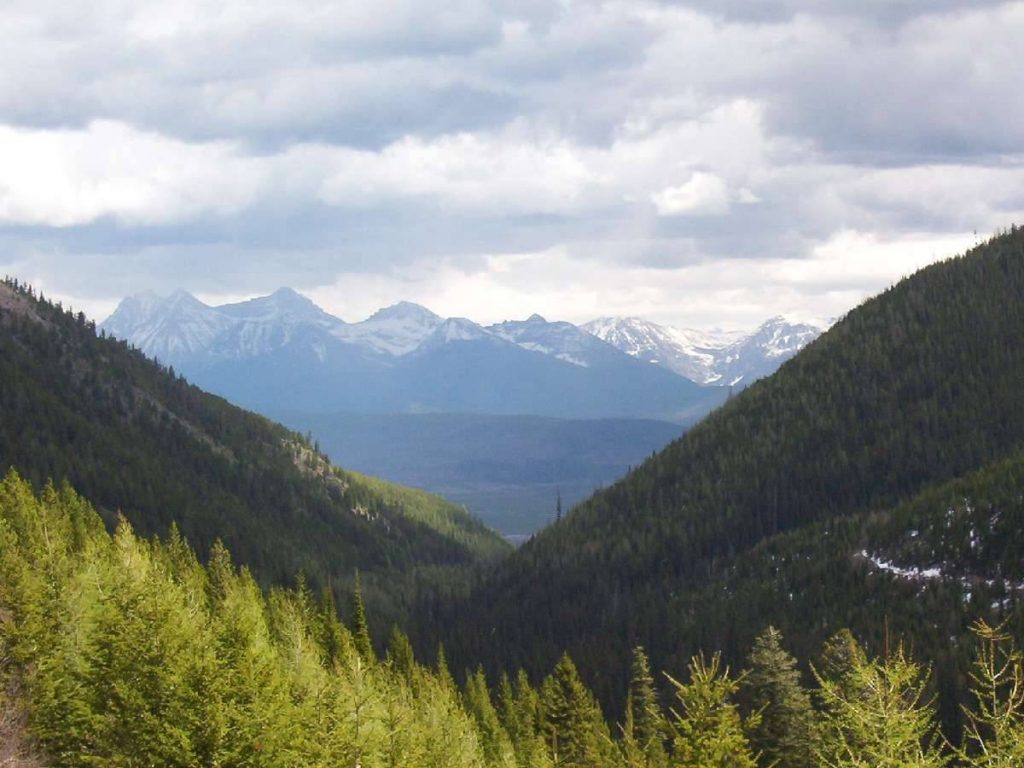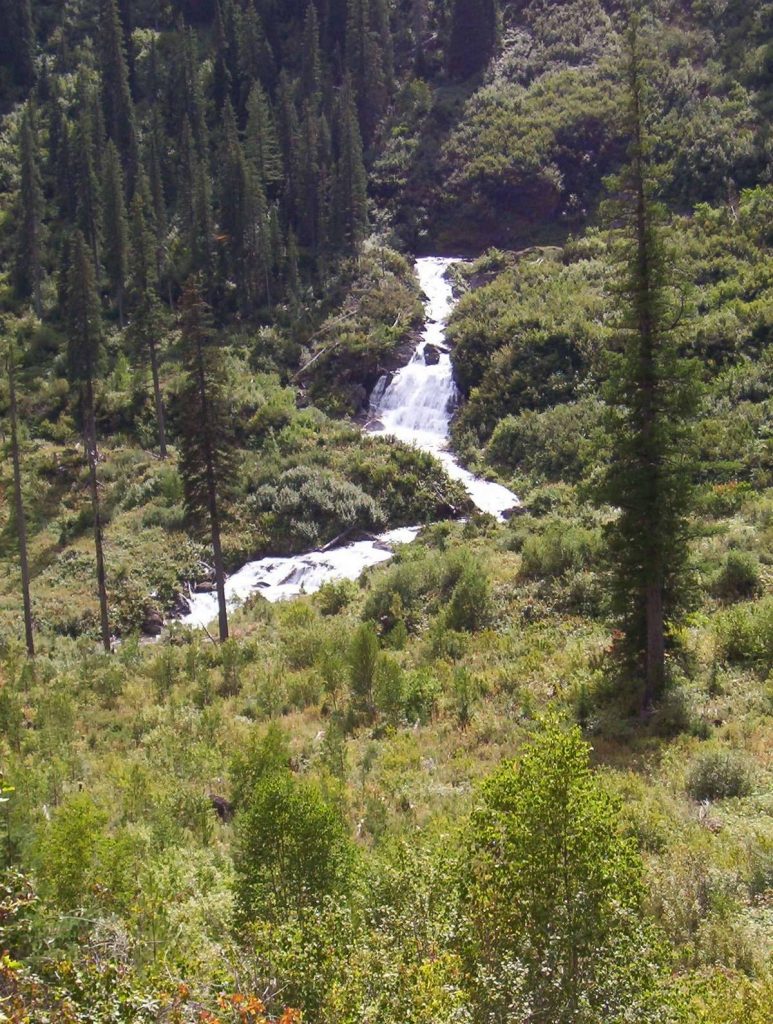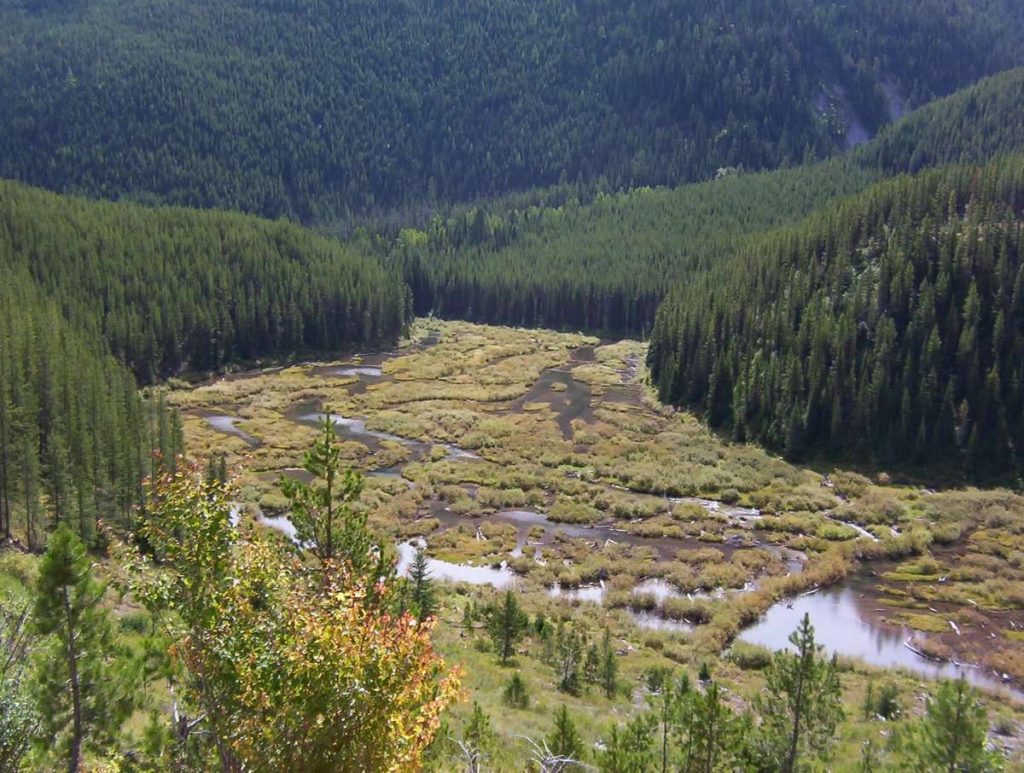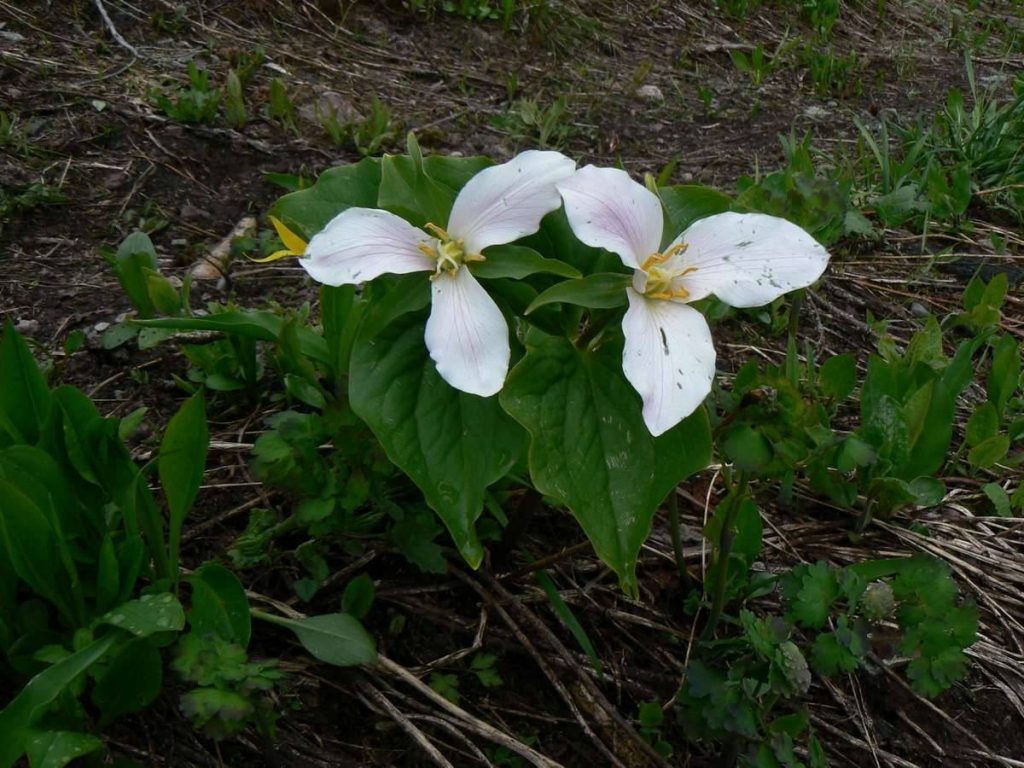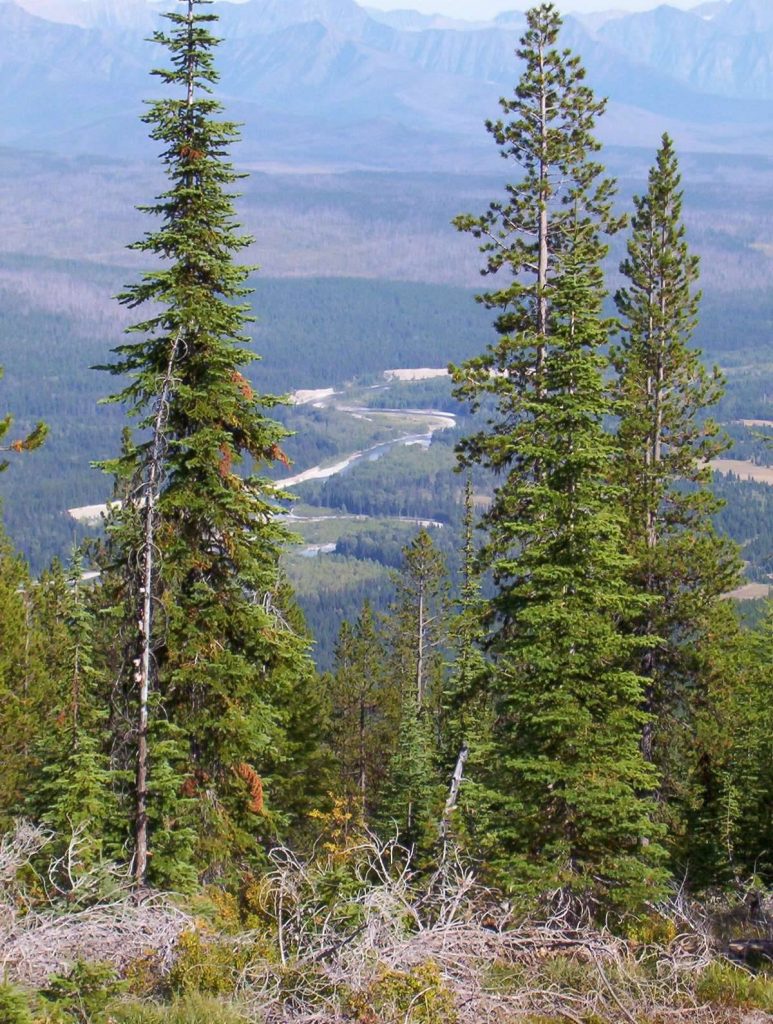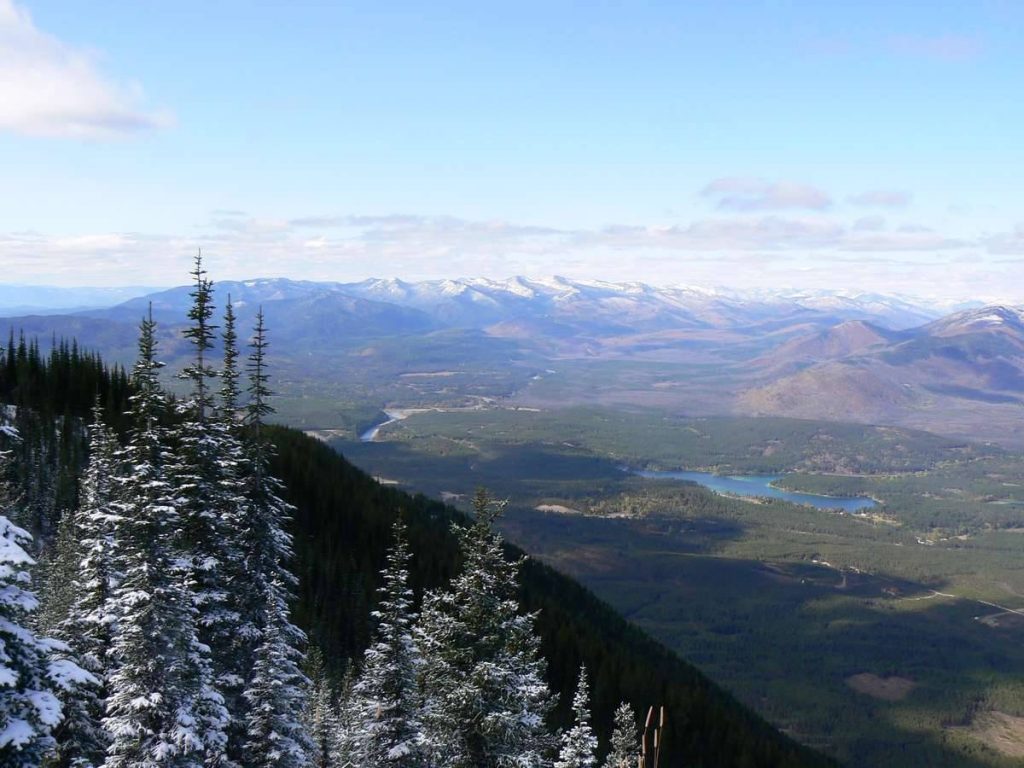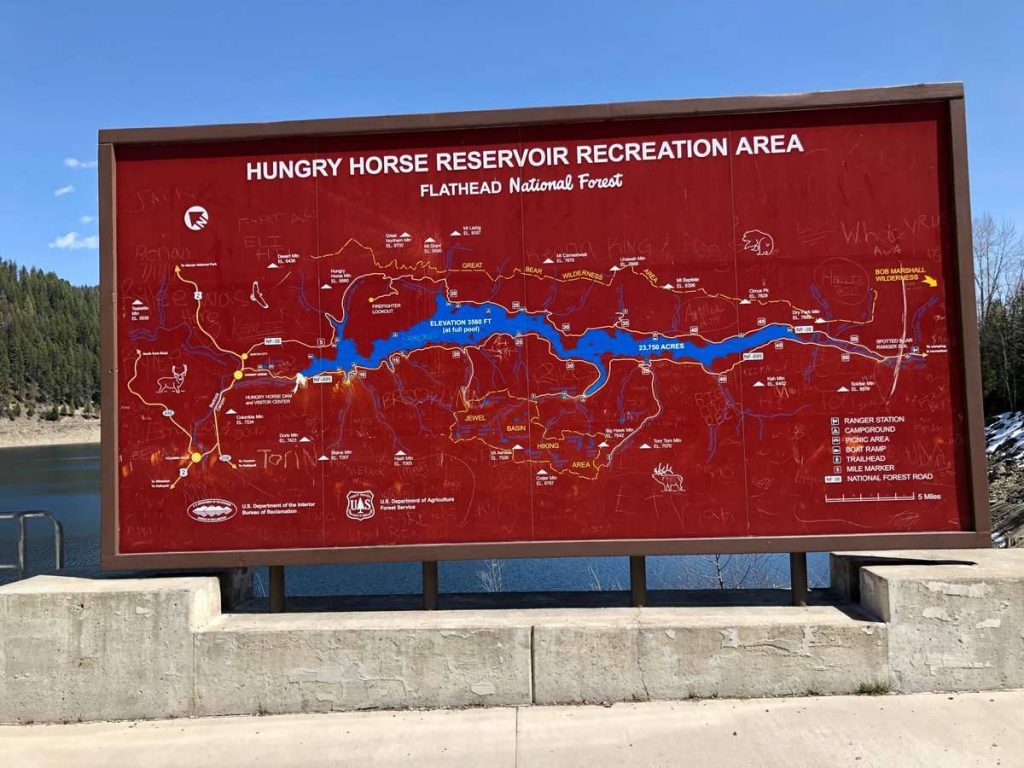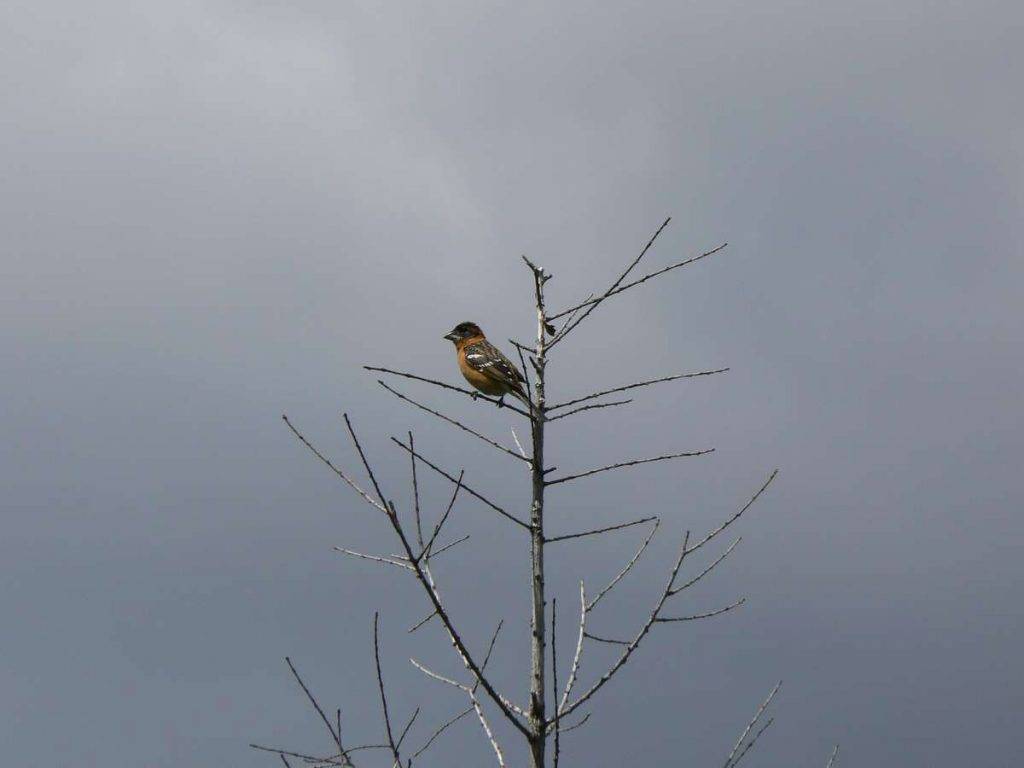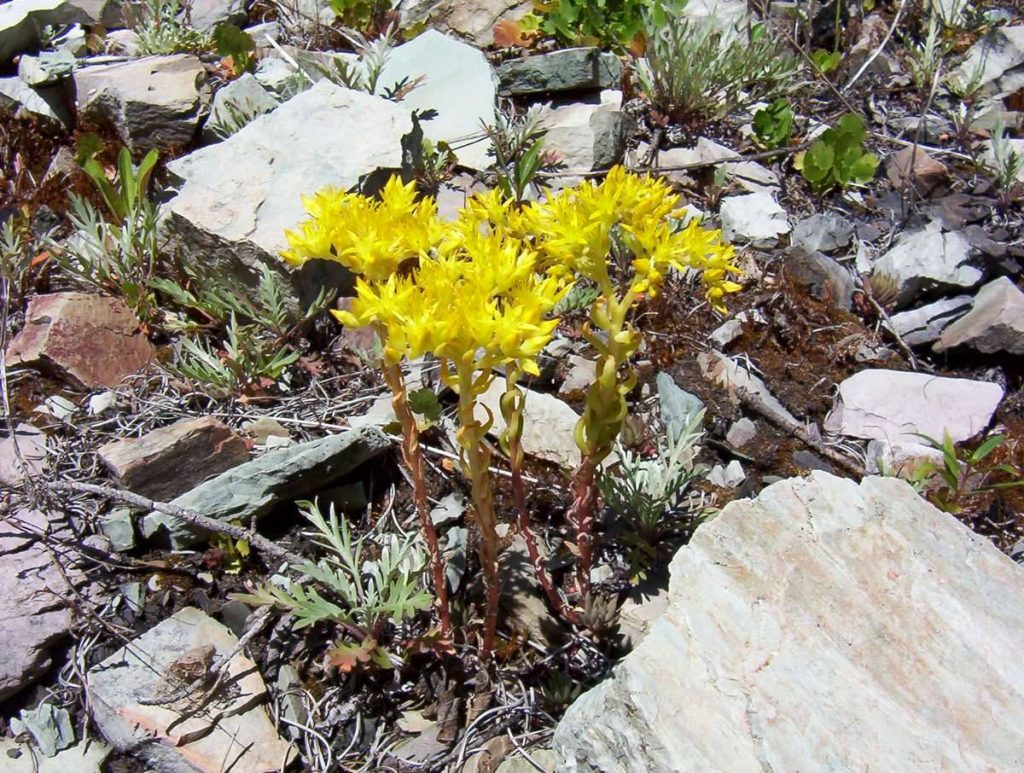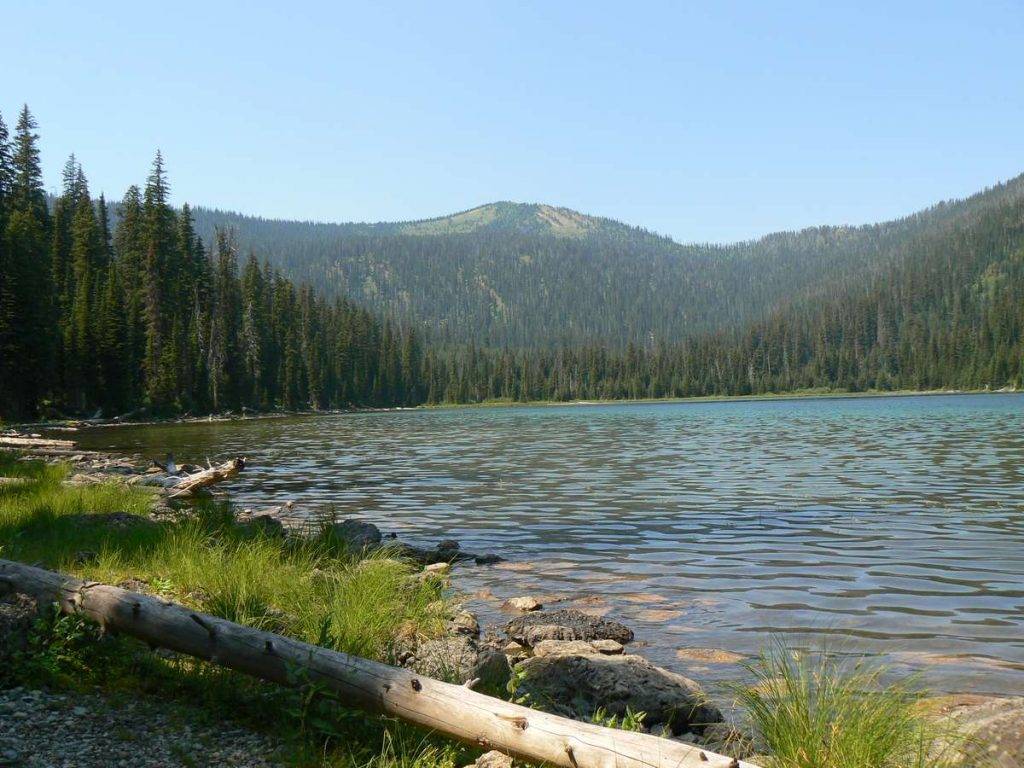The Flathead National Forest
Measuring 2.4 million acres (3,758 square miles) with 1 million acres (1,544 square miles) designated as wilderness, the forest primarily lies in Flathead County, south and west of Glacier National Park. Named after Flathead Native Americans inhabiting the area, the forest offers spellbinding vistas, spectacular horizons, and loads of adventures and take-home memories throughout the forest.
Some History
The original inhabitants of northwestern Montana were, of course, Native Americans. One of the centers of Kootenai activity was the Tobacco Plains along the Kootenai River. The only way to earn a living in the early 1850s was by hunting, trapping, or trading, or by working for someone else who hunted, trapped, or traded. In those years, many people of French-Canadian, Scottish, and Iroquois heritage lived in western Montana. The Hellgate Treaty of 1855 established the Flathead Indian Reservation in the lower Flathead Valley for the Flathead (or Salish), Pend d’Oreille (or Kalispel), and Kootenai tribes. Most of the bands of these tribes slowly moved onto the Reservation.
The creation of the Reservation opened the door to permanent non-Native American settlement of the valleys of western Montana. In 1858, the resident non-Native American population of Missoula County (all of northwestern Montana at that time) was approximately 200 people. Because the Oregon trail lay 200 miles south of western Montana, most emigrants never saw the region. The early settlement of western Montana was overshadowed by placer gold mining beginning in the early 1860s. The most significant influence on the settlement of the Flathead Valley was the coming of the Great Northern Railway to the valley in 1891. The Forest Homestead Act of 1906 encouraged settlement of agricultural land within many national forests.
Things to do in Flathead’s Wilderness
Due to the enormity of the forest, parking is rarely full, there’s minimal traffic congestion, and the trails are never overwhelmed with visitors. The forest is an adventurer’s dream with a plethora of activities to do, from hiking to mountaineering, fishing, boating, skiing, biking, sprinting, wildlife viewing, and much more. The rough rivers of the forest provide an opportunity for rafting or hook up with a guide to help you navigate the mammoth landscape.
The Native Wildlife
Flathead National Forest stretches far and wide, offering visitors amazing opportunities to see indigenous wildlife that traverses the vast and rugged forest. Wildlife inhabiting the forest includes grizzly bears, bighorn sheep, moose, elk, mule, whitetail deer, mountain goats, lynx, to name a few. The summit of Mt. Aeneas is a well-known peak where mountain goats can be seen galloping along the trails. Of course, visitors are encouraged to maintain a fair distance between themselves and the wild creatures that inhibit the forest.
Hiking the Mount Aeneas Summit Trail
The hike is roughly 6 miles (9.6 km) to and from the summit and is located in the Jewel Basin Hiking Area, Bigfork. The best time to summit the mountain is between mid-June and October 1. Mount Aeneas can easily be ignored in favor of other higher peaks in Glacier National Park; however, doing so will be a lost opportunity to enjoy spectacular sublime views.
The hike to the summit of Mt. Aeneas also boasts landscapes of the Flathead Valley to the west, and to the east – Hungry Horse Reservoir and the Great Bear Wilderness. In summertime, wildflowers populate the area in huge numbers, and hikers often catch sight of mountain goats grazing the trail. The trailhead to scale the 7,500 ft mountain is found at Camp Misery.
Hiking adventurists, bicyclists, horse riders, and others can plan hiking to other trails such as Glacier View Trails, Hungry Horse Trails, Spotted Bear Trails, Swan Lake Trails, and Tally Lake trails.
Camping at the Swan Lake Campground
Located across the highway, 15 miles (24 km) south of the western ingress to Glacier National Park, the Swan Lake Campground is located north of the Swan Lake community offering 35 campsites, stretching over an area of 2 acres and an elevation of 2,500 feet, roughly 17 miles from the town of Bigfork. Filled with birch and fir trees the area borders the Swan Mountain Range to the east.
Along the paved roads, there are facilities such as restrooms and water to facilitate the incoming influx of visitors and tourists, and a visit to Swan Lake Day Use area is included in the nightly fee.
There are many leisure activities you can do at the Swan Lake Campground including bicycling (along the bike lanes), boating from the native boat launch facility, fishing, wildlife observation, and swimming are the most enjoyable and popular pursuits. And naturally, there are many picturesque trails available for hiking.
Amenities such as groceries, café, laundry services, and showering facilities are available within a mile radius of the site. Reservations to camp at this site are available on a first come first serve policy, with maximum stay restricted to 16 days.
There are various other campgrounds where tourists can spend a night in the wilderness to experience the majestic beauty of the Flathead National Forest. Other campgrounds can be found in Glacier View, Hungry Horse, Spotted Bear, Swan Lake, and Tally Lake Ranger Districts.
Fishing at the Hungry Horse Reservoir
Lying in a spectacular, but remote terrain, the Hungry Horse Reservoir is a 37 square mile reservoir naturally created by the Hungry Horse Dam. Approaching the lake during low water is somewhat of a struggle due to its nature and use for hydroelectric power.
Even when accessible, this reservoir is rarely jam-packed with visitors, making it a desirable area for fishing, especially close to the inlets and bays – in particular, the location where the South Fork Flathead River fills the lake. Fish species found in the reservoir include cutthroat trout, whitefish, and some species of bull trout entering the lake from the South Fork Flathead River.
Accessing the reservoir is not difficult, the road is paved, and the Dam is a sight worth seeing even if fishing is not on your list.
Other Recreational Activities
Recreational activities in and around the Flathead National Forest in Montana are not limited to camping, fishing, and hiking. There are loads of other recreational activities that travel enthusiasts and tourists can take part in such as:
- Horse Riding
- Guided Outdoor Education
- Water Activities
- Winter Sports


